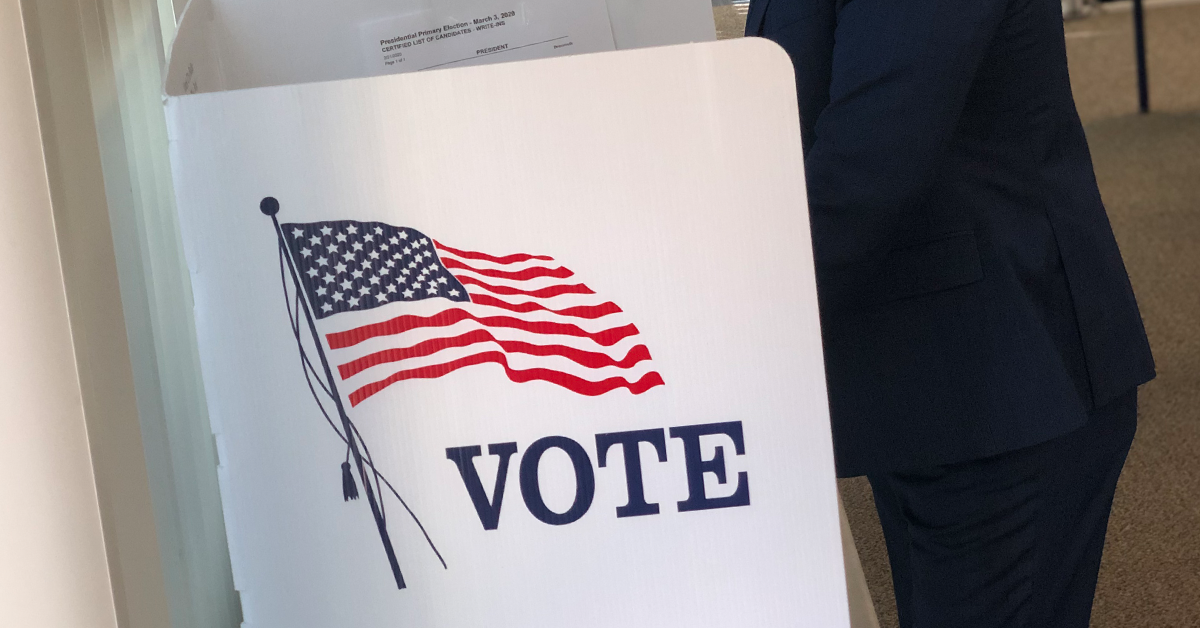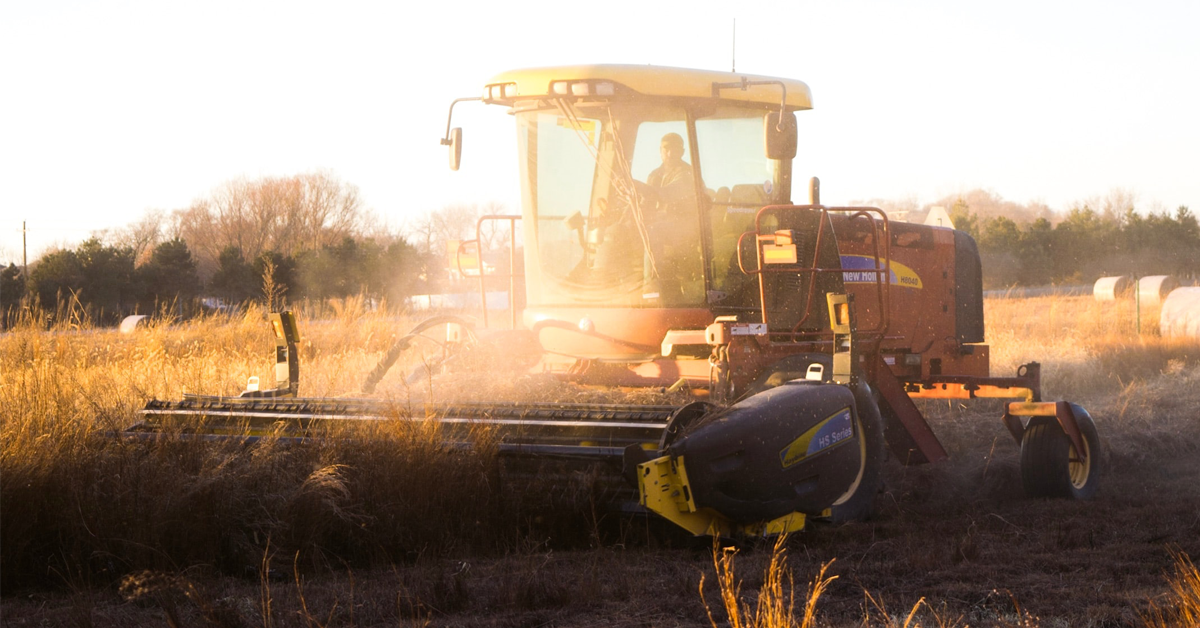At the Fresno Unified School District, millions of dollars received annually in supplemental funding through the California Lottery is used to purchase classroom textbooks and support teacher pay.
In Tehachapi, the extra cash raised by Lottery operations is putting new uniforms on high-school student athletes and paying for their teams’ travel and tournament registration fees.
Over in Delano, Lottery money is literally helping to keep the lights on at school facilities where district officials use annual proceeds to pay electricity bills.
While big jackpot payouts always capture attention for their life-changing impacts, just as significant is the more than $41 billion the California Lottery has delivered to the state’s K-12 public schools, colleges and universities since the first lottery ticket was sold here in 1985.
True to its mission, the Lottery, a self-supporting state agency, continues to generate cash for schools that have come to rely on it. At least $1 billion has gone to public schools annually over the last 22 consecutive years through drawings and Scratchers® ticket sales. We expect to set a record – an estimated $2 billion – in the most recent year.
Local school officials in the San Joaquin Valley and across the state have discretion to use the extra cash they receive quarterly to uplift education, from propping up teacher salaries and buying text books, to sustaining arts and sciences programs. In communities across California, the money is making an important difference in enriching learning environments.
This is why we do what we do.
A Lottery that reliably raises supplemental funding for public schools is what voters intended when they approved the California State Lottery Act in 1984. This mission is the foundation of every decision we make and every piece of our operation.
In that time, the California Lottery has grown into one of the top three lotteries in the United States with more than $8.8 billion in sales in the most recent completed fiscal year. In all, more than 95% of revenue flows back into the community through prize payouts, public-school and college funding, and compensation for our 23,000 participating retailers which sell our lottery tickets.
As an audited state agency, maintaining the integrity of our operations is fundamental. So, too, is our duty under state law to maximize supplemental funding contributions to public education. We do it by optimizing the entertainment appeal and prize payouts that increase participation, which in turn leads to improved sales that spin off this money.
For multi-state drawings like Powerball or Mega Millions, each ticket sold in the Golden State means about 80 cents to California public schools. The recent $2.04 billion Powerball jackpot generated $156 million alone for public schools in California.
The State Controller’s Office divides up Lottery money that goes to public education. This funding is then distributed based on average daily attendance formulas for K-12 and community colleges and by full-time enrollment for higher education and other specialized institutions. Local and higher education administrators, along with elected school boards, decide how the Lottery funds are distributed and spent within their school systems. People can see how many dollars have been distributed at the local level – by district or county – using this interactive map on the California Lottery website.
As we have for nearly 40 years, the Lottery will continue to mint new millionaires – sometimes instantly – changing lives for the better. Yet the larger hope driving our mission is that the supplemental funding we generate, while just over 1% of the overall state education budget, can continue to make a difference in elevating public education and improving the prospects for students across California.










